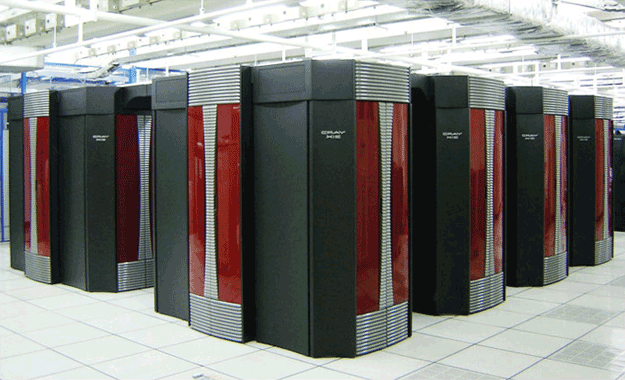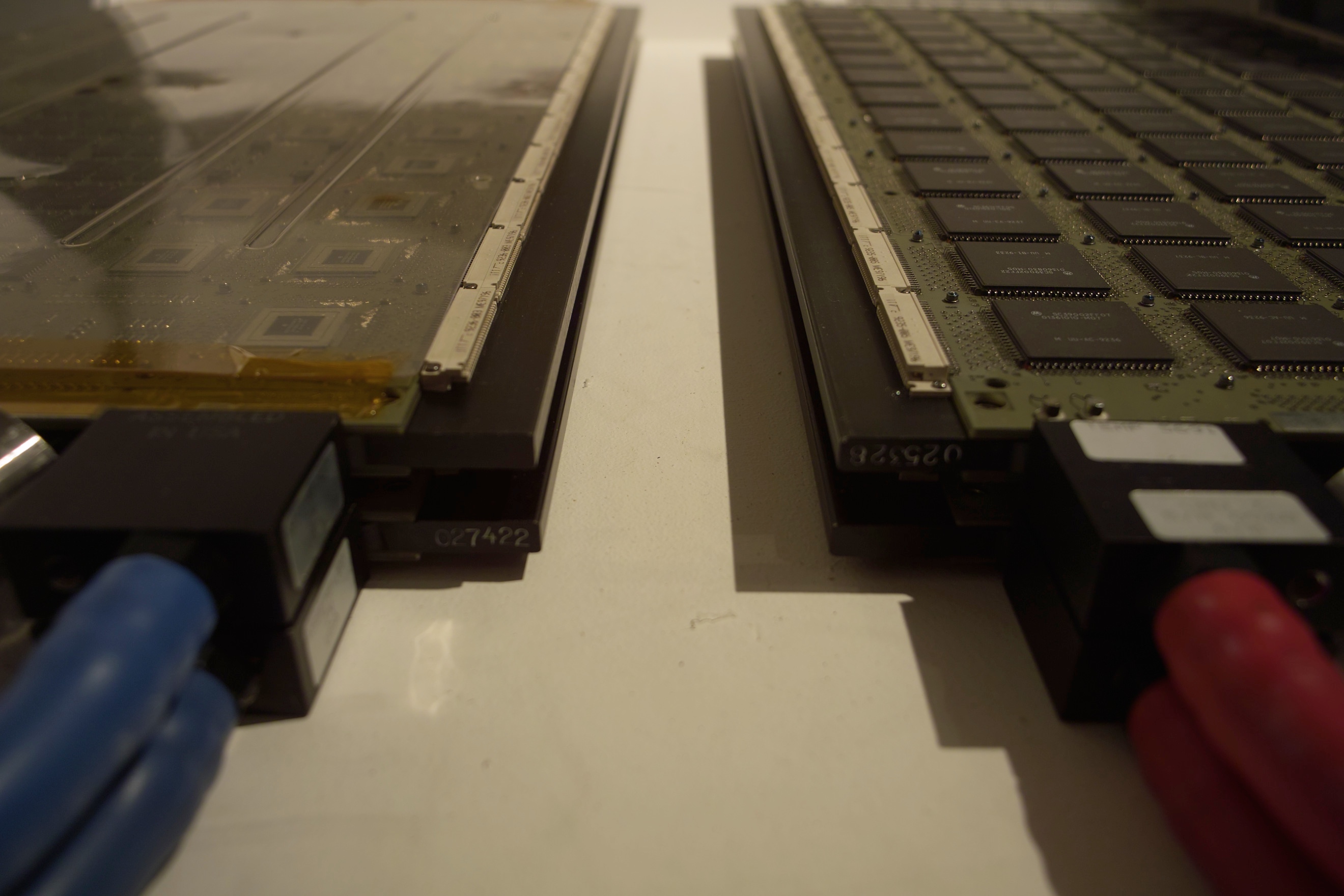The Thinking Machines
For more than three decades, Cray experts have been helping scientists and engineers solve challenging, complex computational problems. In industry, Cray high-performance computers increase productivity, reduce risk and decrease time to market for companies across a range of applications in the automotive, aerospace, life sciences, and petroleum sectors. Cray’s unmatched performance, reliability and usability contribute to scientific endeavors with tremendous economic and social consequences, such as weather forecasting, and climate prediction.

High above Earth, remote sensing satellites send supercomputers complex data on the ocean’s physical response to hurricanes, including images of carbon-dioxide-absorbing plankton that bloom in the storms’ wake and change the color of the ocean surface. Supercomputers are helping scientists study the global carbon cycle and determine whether plankton growth could be encouraged to reduce carbon dioxide — and ultimately, global warming.
At the frontier of biotechnology, pharmaceutical companies use Cray systems to more quickly and thoroughly assess the efficacy and safety of life-saving drugs before investing time and money in clinical trials.
In government and academic research centers, Cray systems fuel discovery across many fields — from defining the future of high performance computing, to developing new applications for computational chemistry to understanding our universe. In the world of product design and engineering, Cray systems can run complex crash codes on everything from automobiles to bike helmets, delivering the sustained performance to meet stringent design targets, stay on budget, and gain a competitive edge in safety and speed to market. As our users’ high-performance computing needs have evolved, so have our systems. The same real-world performance that defines Cray’s leadership in high-end supercomputing is also available in smaller systems that meet the needs of the expanding market for superior sustained performance and reliability. |

Fluorinert is the trademarked brand name for the line of electronics coolant liquids sold commercially by 3M. It is an electrically insulating, stable fluorocarbon-based fluid which is used in various cooling applications. It is mainly used for cooling electronics. Different molecular formulations are available with a variety of boiling points, allowing it to be used in "single phase" applications where it remains a fluid, or for "two-phase" applications where the liquid boils to remove additional heat via evaporative cooling. An example of one of the compounds 3M uses is FC-72, or perfluorohexane (C6F14). Perfluorohexane is used for low temperature heat transfer applications due to its 56°C boiling point. Another example is FC-75, perfluoro(2-butyl-tetrahydrofurane). There are 3M fluids that can handle up to 215 °C, like FC-70.
Fluorinert is used in situations where air will not carry away enough heat, or where airflow is so restricted that some sort of forced pumping is required anyway.

Processor board of a CRAY YMP vector computer. The board was liquid cooled and is one vector processor with shared memory (access to one central memory)

These are memory modules from a Cray supercomputer. The density on these machines was so great that the componenets had to be liquid cooled. Cool Fluorinert would enter via blue tube and exit by red.
